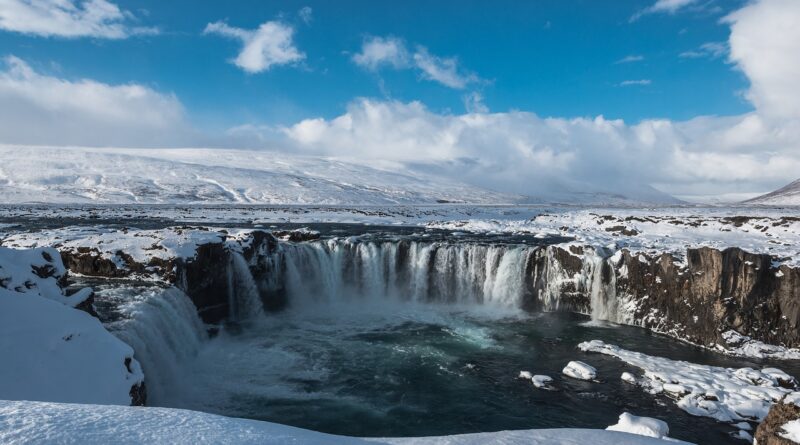Icelandic Language: Explore The Iceland’s Unique Language & Travel!
Icelandic Language: Explore Iceland’s Unique Language & Travel: Iceland, an amazing Nordic island nation, which is defined by its intense landscape with volcanoes, geysers, hot springs, and lava fields is popularly known as the land of fire and ice. This place is not only for those who seek thrill adventurers but also for nature lovers who are looking out for something different.
As the name “Iceland” itself depicts that it is a land of ice but there is more in Iceland than ice. Iceland is one of the best countries to travel in Europe. You will find many places to wander and wonder about the natural beauties in there.
Today, with the help of this article we are going to talk about Icelandic Language, so without wasting any time let’s get started…. Iceland DMC
Icelandic Language-
Icelandic is basically a North Germanic language that is spoken in Iceland. It is also most closely related to Faroese as well as Western Norwegian and has about 314,000 speakers.
As compared to most of the other Western European languages, the Icelandic language is more conservative. On the other hand, most of them have greatly reduced levels of inflection (mainly noun declension), Icelandic maintains a four-case synthetic grammar (similar to German, however greatly more conservative as well as synthetic) and is distinguished by an extensive variety of irregular declensions.
In the meantime, the written language has not changed much, Icelanders are able to read classic Old Norse literature that has been created in the 10th through 13th centuries with relative comfort. It is not equally comprehensible with the continental Scandinavian languages, as well as is farther away from the most extensively spoken Germanic languages such as English and German than those three are.
The Origin of the Icelandic Language
Icelandic is a West-Nordic, Indo-European and Germanic language which can be traced back to the oldest Nordic language that was spoken in Scandinavia between 200 and 800 A.D.
For the duration of the Viking age, year 793 A.D. to 1066 the Nordic language further split into East and West. Later, the East-Nordic was then developed to Danish and Swedish and the Western part changed to Norwegian, Faroese (spoken in the Faroe Islands), as well as some centuries later, Icelandic. Many of the Icelandic settlers came from West-Norway which clarifies the connection.
As a result, in the early days, Norwegian as well as Icelandic were almost the same but around the year 1400, the languages have been changed enough to be recognized as two different tongues. The differences would carry on to grow all over the years.
Is Icelandic hard to learn?
The Icelandic language is quite famous for being very hard to learn, with letters such as æ,ö,ð asw ell as þ it nearly comes off as puzzling at times. The way you write and pronounce the words are completely miles apart from each other. And when you will think that you started to understand it quite a bit of this language then you’ll find about seven exceptions to this grammar rule.
However, it is very hard to learn but as soon as you start to understand some of it, a much better understanding will soon follow.

